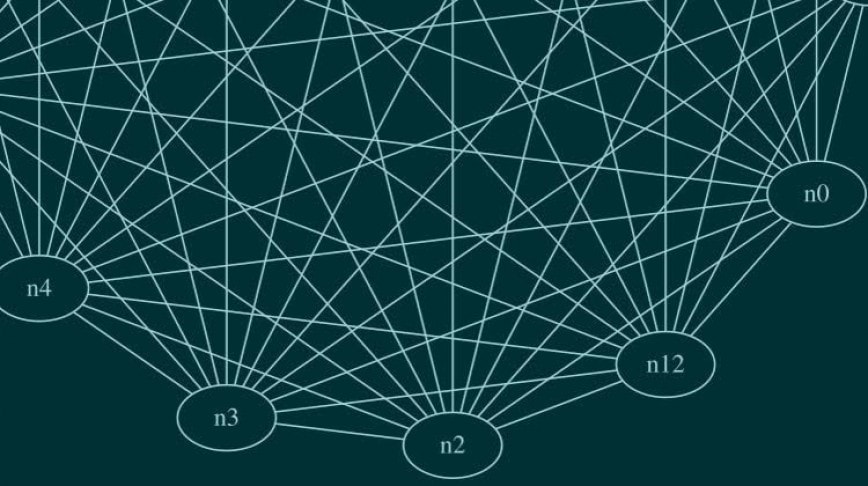Elite software development teams automate and integrate monitoring observability tools more frequently than lower performing teams, per the Accelerate: State of DevOps report. Organizations that need the highest levels of reliability, security, and scalability for their applications choose Google Kubernetes Engine (GKE). Recently we introduced GKE Autopilot to further simplify Kubernetes operations by automating the management of the cluster infrastructure, control plane, and nodes. However, while the infrastructure management is automated, you still need to monitor and troubleshoot the applications which run on your Autopilot clusters. For those who are developing and running applications using GKE Autopilot, the GKE Dashboard from Cloud Monitoring automatically ingests and displays metrics and logs to make monitoring and troubleshooting easier. The GKE Dashboard is a powerful tool that presents observability data and rich associated context in an easy to understand format.
Observability data is automatically available
All GKE Autopilot clusters are configured to send metrics and logs to Google Cloud’s operations suite without requiring any work from you. As a result, when you navigate to the GKE Dashboard, you will see your Autopilot clusters, namespaces, nodes, workloads, services, pods and containers displayed alongside all of your other GKE deployments. You get a holistic view of information including metrics, logs, events, alerts, incidents and SLOs.







